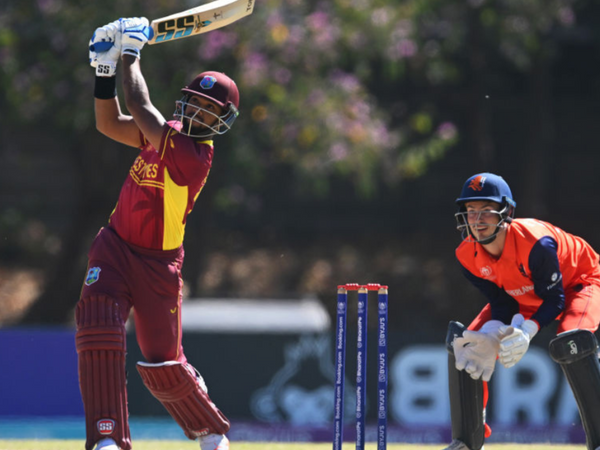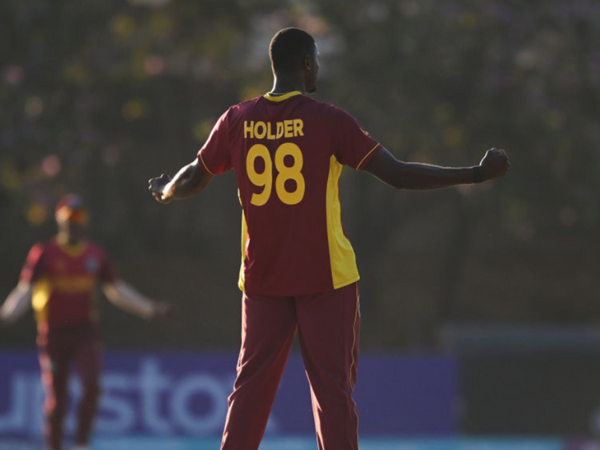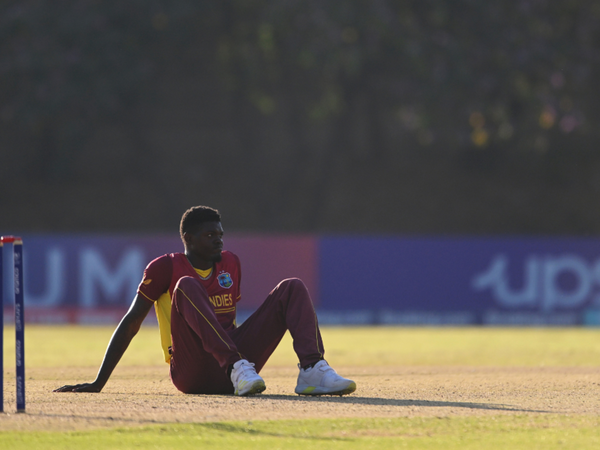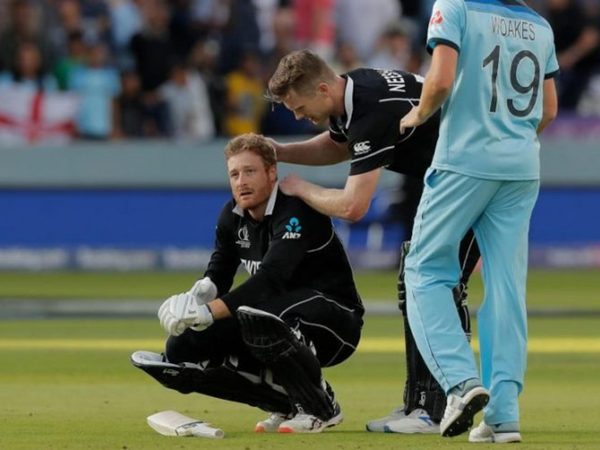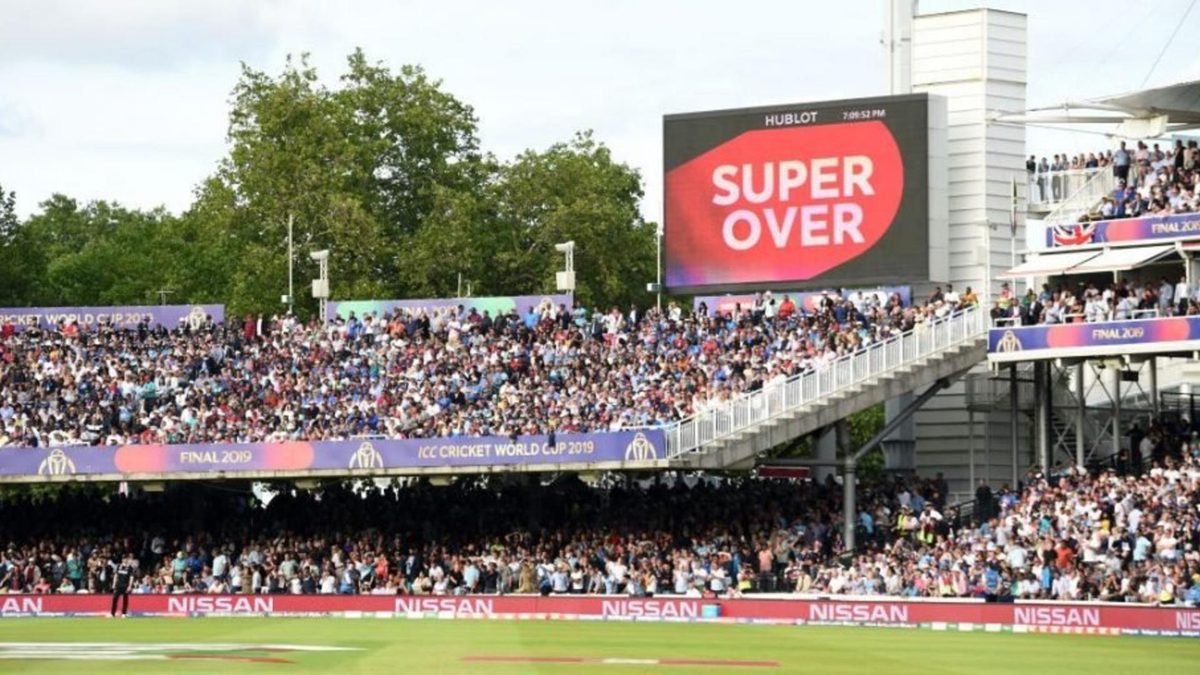
Ali Martin examined the 2019 World Cup final’s cut-through on television in the 2020 Wisden Almanack.
First published in the 2020 Wisden Cricketers’ Almanack
As well as the packed house at Lord’s, the thrilling climax to England’s World Cup final victory over New Zealand was watched live by a UK television audience of 8.7m. This peak figure topped even the high point of the 2005 Ashes: 8.4m viewed the fourth day of the Trent Bridge Test on Channel 4. And the reason? For the first time since that giddy summer, you could watch England playing cricket on a terrestrial channel, after Sky Sports shared their broadcast with Channel 4. It was a bold but sensible move, tacit acceptance that Sky’s reach alone was not enough for this once-in-a-generation match.
The journey to this point was a subplot in itself. After a limp opening ceremony, Ben Stokes fired the starting gun with his catch against South Africa. Replays spread across the internet like wildfire, photographs claimed front pages and back, and Stokes was on the BBC News for the right reasons.
But as Eoin Morgan’s side stuttered through the group stage, and bad weather created time for reflection, many wondered whether the live action, hidden behind a paywall, was penetrating the national consciousness as a home World Cup should. With 37 per cent of ticket sales going to first-time buyers, there was clearly demand beyond Sky’s customers or their pay-as-you-go streaming service, Now TV. The tournament also saw 39.7m access the BBC Sport website for cricket, where they could watch near-live clips; and Test Match Special claimed 10.7m listeners via their online platforms alone. The ICC reported 4.6bn global views of their digital video content.
Terrestrial television coverage in UK was limited to a daily hour of highlights on Channel 4, pushed late into the night by the requirement for a three-hour delay after Sky’s live transmission. With official sponsors making little effort outside the grounds – their focus was the Indian TV market – cricket’s visibility felt limited. At the women’s football World Cup in France, by contrast, England’s Lionesses had drawn a BBC One audience of 6.1m for their opening win over Scotland. That week, the highest figure on Sky for the cricket was 1.3m, for England’s defeat by Pakistan.
Sky maintained it was unfair to compare a 90-minute sport played at prime time with eight hours of 50-over cricket; the ECB, wary of upsetting their broadcast partners, claimed it was a question for the ICC.
One city. Two historic finals. Embraced by millions around the world 🌍 #OneDayInJuly | @Wimbledon pic.twitter.com/V6a1eNoj5T
— ICC (@ICC) December 17, 2019
The debate came to a head after England secured a semi-final place with victory over New Zealand, the day after a peak audience of 11.7m had watched the Lionesses lose their own semi, to the USA. Asked by BBC Five Live whether the team would lobby for the final to be shown on free-to-air, England seamer Liam Plunkett replied: “I’m not sure they’re going to do it. But it would be great for everybody to be able to watch that. Playing for England, you’re the pride of the country, and you want people to be able to access that.”
Plunkett quickly took to social media to claim his words had been “twisted”, but change was afoot. Next day, it was announced that, should England reach the final, Sky would make their broadcast “available to everyone, so the whole country can be part of a rare and special big sporting moment”. Channel 4 were soon on board.
On the day, the ratings were won by the Wimbledon men’s final between Roger Federer and Novak Djokovic, with a peak of 9.6m viewers on BBC One, while 3.5m watched Channel 4’s British Grand Prix coverage (the cricket moved to More4 during the race). But the World Cup’s denouement caused 5.2m to flock to Channel 4. And with 3.5m watching on Sky’s platforms, England’s cricket team were – fleetingly, but for the first time in 14 years – the whole nation’s once more.

